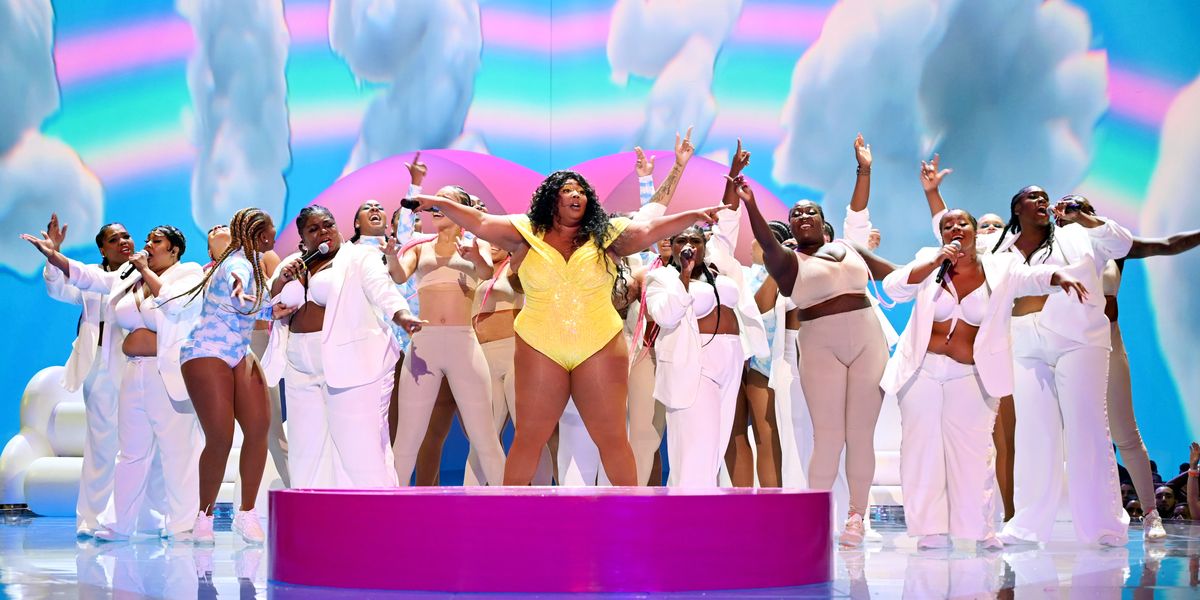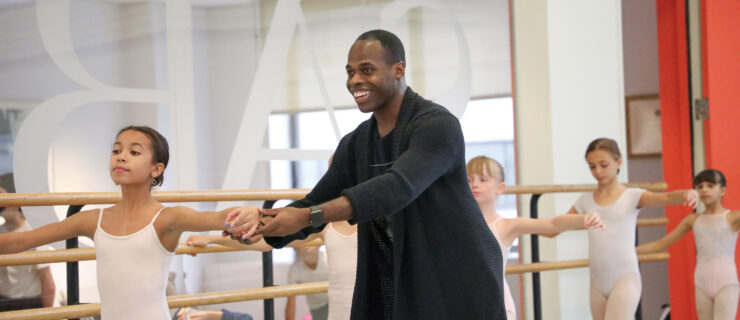Lizzo's Choreographer on Why Plus-Size Dancers Shouldn't Be a "Specialty" Act
I started working as Lizzo’s choreographer and live-show artistic director last January. She has a vision: She wants to put curvy dancers in her performances, because they are deserving. And I was so down.
But when we had our first casting call, an agency open call in Los Angeles, our top agencies only had two to four dancers on their rosters that they considered plus-size—meaning smaller than your average-sized American woman.
Lizzo was feeling defeated. So we put out a post on Instagram and I did my own open call. A ton of girls auditioned who were thicker, who had never even thought of walking into an agency. Some had been rejected by them. I booked dancers for Coachella who had no professional experience.
Throughout the summer, the L.A. agencies were starting to call me. They were representing more curvy dancers. The market had opened up. Lizzo was excited, I was excited. We thought, Wow! We have actually made some changes in the industry.
Then we got to New York City and were casting for Lizzo’s MTV Video Music Awards performance. And there weren’t any thicker, curvy girls showing up. So I put a post up on social media asking, “Where are the curvy girls?!”
We ended up with a room of women ready to be trailblazers. Afterwards, I called all the agencies and said they would be remiss if they didn’t put these dancers on their rosters. Remiss!
The day before the VMAs, I had a lot of technical notes that I wanted to go over, but instead of using that time to tighten up the performance, I took a risk. We needed something deeper, something more cathartic, an emotional, spiritual release for these dancers, myself and everyone involved. We spent five hours talking. Each of these women got a chance to share her story. Eighty percent of the women in the room had never done an award show. A number of them had never been selected to do a performance before. They just always loved to dance. There was a lot that needed to be unpacked. They needed to be encouraged and to know they belonged on that stage. Once we had that freeing moment, everything changed. Their faces lit up. They understood their value.
Onstage, these women allowed themselves to be so vulnerable. We all witnessed this explosion of self-belief and encouragement. There was a lifetime of rejection, of being told they were unworthy, pouring out on that stage. They could see the beauty and truth in who they were. And the world caught it.
The curvy girls, the thicker girls, they are 100 percent out there. We need to represent them. Dance magazines need to feature them, not in a “curvy girl” article but in “amazing dancer” articles. The fashion world has definitely started to open up, but we all need to work in tandem to make sure there’s representation. These dancers have been hiding for a long time, but they’re in dance classes, groups, all over the nation. We just need to continually put them in the spotlight so they can see themselves represented professionally, so other curvy dancers can have the confidence to come out.
I’m thankful to be aligned with Lizzo. She’s an artist of inclusion, and if you look at the majority of our performances, it’s not only thick, curvy girls. They’re inclusive of all women who are deserving. It’s a space where it doesn’t feel like the one curvy girl got the opportunity because she’s a “specialty act.”




